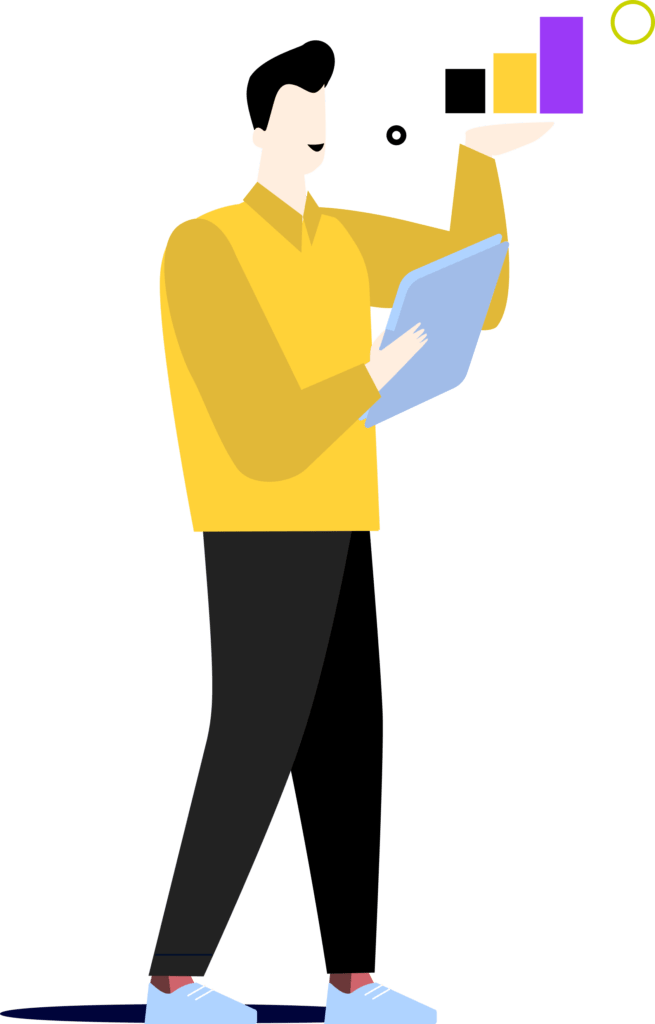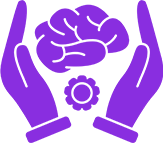-
gnincitg publicou uma atualização 3 anos, 6 meses atrás
How Music and Instruments Began?
Music must first be defined and distinguished from speech, and from animal and bird cries. We discuss the stages of hominid anatomy that permit music to be perceived and created, with the likelihood of both Homo neanderthalensis and Homo sapiens both being capable. The earlier hominid ability to emit sounds of variable pitch with some meaning shows that music at its simplest level must have predated speech. The possibilities of anthropoid motor impulse suggest that rhythm may have preceded melody, though full control of rhythm may well not have come any earlier than the perception of music above. There are four evident purposes for music: dance, ritual, entertainment personal, and communal, and above all social cohesion, again on both personal and communal levels. We then proceed to how outdoor musical instrument began, with a brief survey of the surviving examples from the Mousterian period onward, including the possible Neanderthal evidence and the extent to which they showed “artistic” potential in other fields. We warn that our performance on replicas of surviving instruments may bear little or no resemblance to that of the original players. We continue with how later instruments, strings, and skin-drums began and developed into instruments we know in worldwide cultures today. The sound of music is then discussed, scales and intervals, and the lack of any consistency of consonant tonality around the world. This is followed by iconographic evidence of the instruments of later antiquity into the European Middle Ages, and finally, the history of public performance, again from the possibilities of early humanity into more modern times. This paper draws the ethnomusicological perspective on the entire development of music, instruments, and performance, from the times of H. neanderthalensis and H. sapiens into those of modern musical history, and it is written with the deliberate intention of informing readers who are without special education in music, and providing necessary information for inquiries into the origin of music by cognitive scientists.
But even those elementary questions are a step too far, because first we have to ask “What is music?” and this is a question that is almost impossible to answer. Your idea of music may be very different from mine, and our next-door neighbor’s will almost certainly be different again. Each of us can only answer for ourselves.

MENTORA ELIENAI PEREIRA
Especialista em Liderança Executiva
Diretora Executiva Supra Alimentos, Palestrante, Master Trainer empresarial, formada em Teologia, Direito, MBA em Gestão de Vendas pela FGV, Especialização em Liderança e Negócios pela Harvard Business School – EUA, Liderança e Coaching pelo College Business da Universidade de Ohio – EUA, MBA em Desenvolvimento Humano, Especialista em inteligência emocional, Hipnoterapeuta e Master em Programação Neurolinguística.





